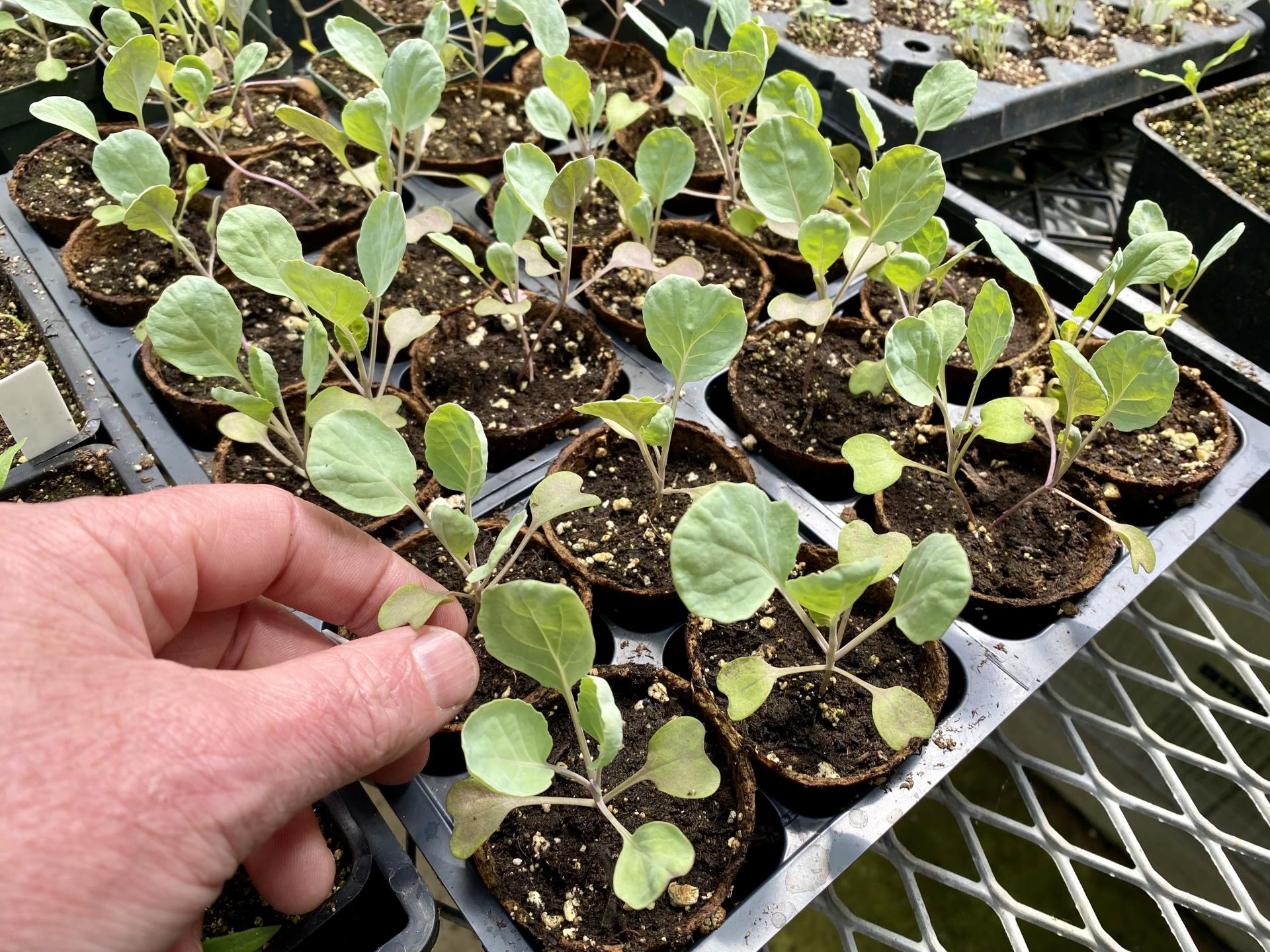You are here
Gardeners Checklist: Here Is What to Do on This Third Week of April
Gardeners Checklist: Here Is What to Do on This Third Week of April
By Ron Kujawski
• Transplant seedlings of hardy vegetable crops to the garden. These include broccoli, cabbage, cauliflower, Brussels sprouts, kohlrabi, onions, leeks, lettuce, and parsley. Though seedlings have been hardened (acclimated) to the outdoors, place a floating row cover over them after transplanting. Covering transplanted seedlings with row covers hastens their establishment and growth.
• Plant shallot and onion sets. Sets are small bulbs. This is the usual way to plant shallots but onions may be planted as sets, seed, or seedlings. Planting sets is the easiest way for home gardeners to grow onions. However, in my experience, onions grown from sets do not store well for winter use as do those grown from seed or transplants.
• Work lots of organic matter into soils where you will be planting permanent food crops including fruit trees, blueberries, grapes, raspberries, strawberries, rhubarb, and asparagus. You won’t be able to incorporate as much organic matter into the soil once the plants are established. This soil preparation step is also the best time to add amendments such as limestone and phosphorous (only if needed, as determined by soil testing). All of the above food crops can be planted now once the soil is prepared.
• Plant potatoes if you have the room in your garden. I don’t consider potatoes a space efficient crop, but even if I didn’t have a large garden I’d plant some just to be able to harvest new potatoes. “New” potatoes are simply immature potatoes. These thin-skinned spuds are harvested in early summer. Though any variety can be used for new potatoes I prefer red-skinned varieties: Chieftain, Norland, and Red Pontiac.
• Cut back the stem tips of leggy houseplants or those that you want to make bushier. Houseplants are beginning to put on new growth now that they are getting more sun, more natural humidity, and increased warmth.
• Take a stroll through a woodland park and look for wildflowers. Woodland wildflowers have a narrow window of bloom. Once trees form leaves and cast shade, most wildflowers disappear until next spring.
• Most people my age (post glacial era but pre-iPod) remember when the only salad green served at the supper table was head lettuce. Today, head lettuce is almost as rare as a manual typewriter (this one’s for sale if anyone is interested). I don’t plant head lettuce any longer, but I am planting an assortment of leaf lettuce varieties along with arugula, chicory, endive, escarole, mache, mustard greens, and radicchio. We pick their leaves and toss them together for our daily salad. I don’t miss head lettuce in the least.
Help Our Garden Grow!
Your donation helps us to educate and inspire visitors of all ages on the art and science of gardening and the preservation of our environment.
All Donations are 100 percent tax deductible.


